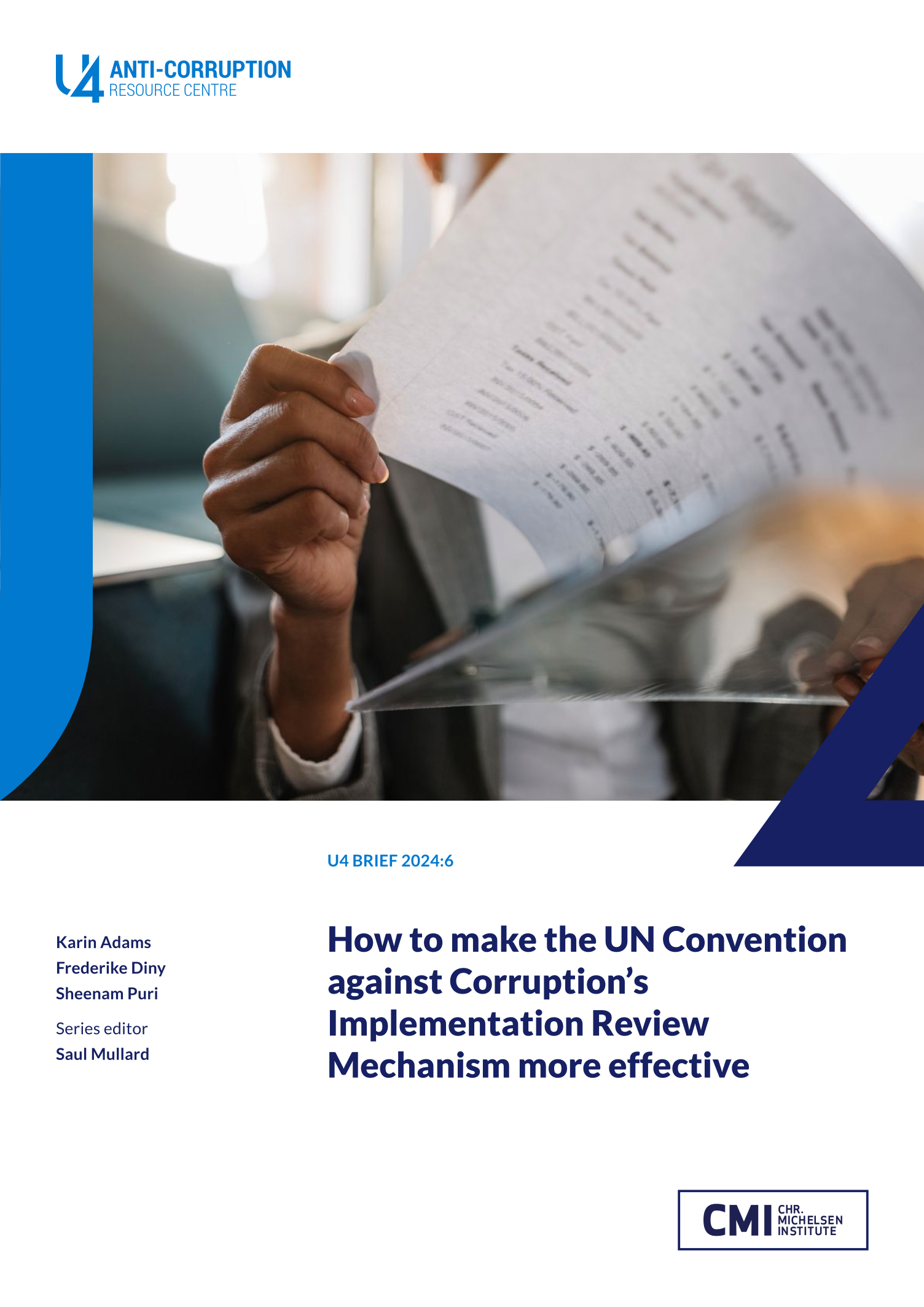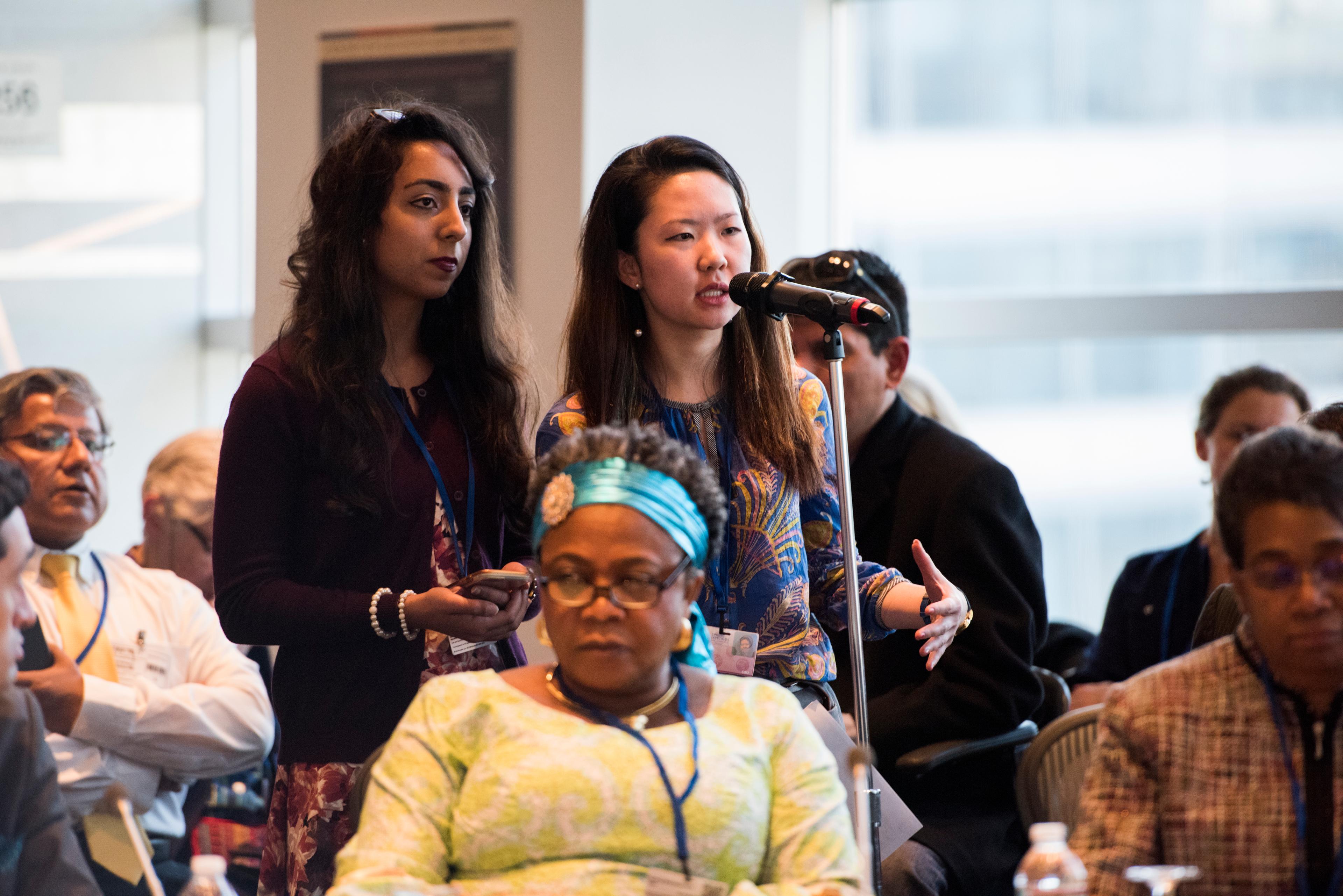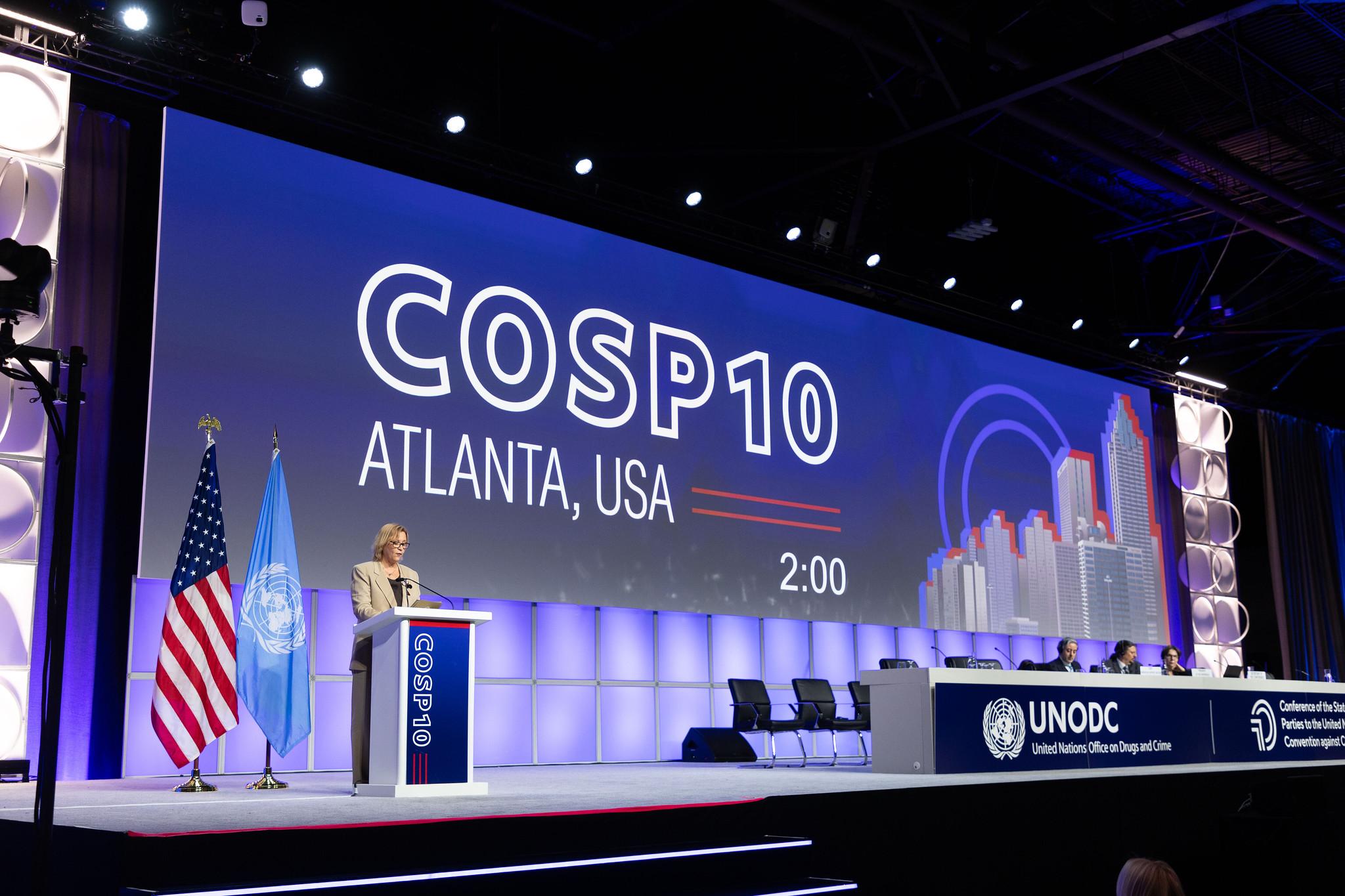Main points
- To meet the goals of the United Nations Convention against Corruption (UNCAC), its Implementation Review Mechanism (IRM) must be reformed. While there is consensus that the IRM’s second phase should look back to experiences in the first phase, and UNCAC’s Terms of Reference allude to a follow-up process, the IRM does not yet include ways to make this happen.
- With the second review cycle ending, now is the time to advocate for the terms of a follow-up process. An improved IRM would enable countries to better implement UNCAC and complete their reporting duties. Promoting positive examples of good practice could help to achieve this.
- To find other solutions, we benchmarked several anti-corruption review mechanisms to compare best practice. We also interviewed seven government officials and non-governmental organisation (NGO) representatives from six countries committed to the Convention.
- We found that some of the more forceful measures used by other anti-corruption mechanisms go beyond UNCAC’s non-punitive spirit and scope. However, as 98.5% of UN countries are signatories, UNCAC is the most complete anti-corruption convention, and its wide scope could also be its greatest asset in creating the potential for change.
- Suggested improvements for the next IRM phase include to radically improve transparency throughout the reporting process, and enhancing visibility on key milestones to ensure follow-up and accountability. We also add extra steps of developing an action plan and a platform to match countries with technical assistance to fill gaps and meet implementation commitments.



